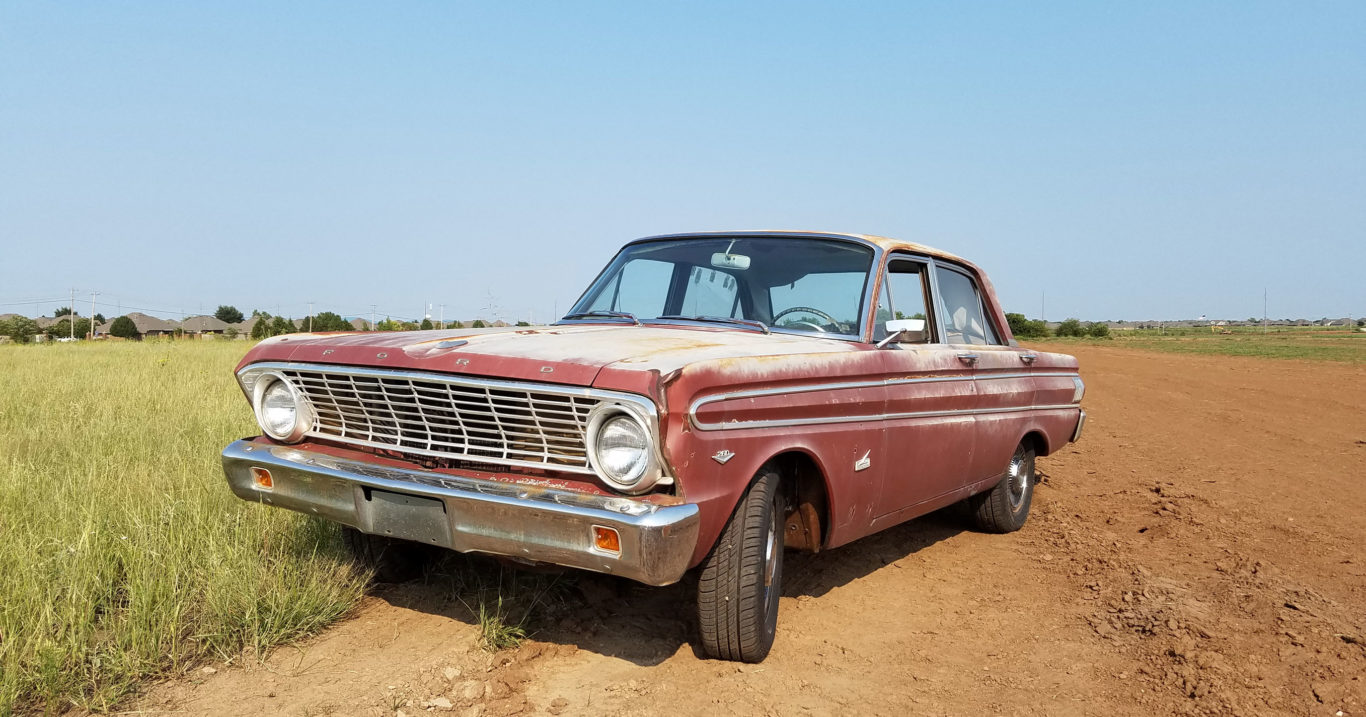
What Causes Faded Dull Car Paint?
Here is what caused it, and here is how to fix it.
Surface damage or premature aging of your vehicle’s paint can have a variety of sources. A few examples of these sources include sun damage, old drive-through car washes, improper hand washing, and acid rain. Each of these sources damage your car in slightly different ways, so let’s examine each one.
Sun Damage
Although automotive paint and clear coat is designed to protect itself against the sun’s harmful radiation, it can only do so much. Over time the ultraviolet rays emitted from the sun can cause serious damage to your car’s exterior. In fact, just like humans experience after a nasty sun burn, if sun damage is severe enough, it could lead to the paint flaking off.
Old Automatic Car Washes
Old automatic car washes – the kind that you often drive through at a gas station – clean your car by scrubbing it with big plastic brushes. The stiff plastic brushes can scuff your paint and damage the protective clear coat, leaving your car looking dull and more vulnerable to other environmental factors. New automatic car washes are generally more gentle, but nothing beats a gentle hand wash with the correct equipment.
Improper Hand Washing
Depending on what material you use to scrub your car, and the type of soap, hand washing can actually damage your car as well. Make sure to pick a soft cloth or specially designed mitt to scrub your car, as bristly brushes are often too stiff. The soap you use could also have unintended side effects, so ensure you use a real automotive soap – dish soap is usually too tough on clear coat and paint. We have a great DIY hand washing method for you, you can check it out right here.
Acid Rain
Exposure to acid rain varies depending on where you live, however, it is a growing problem for many communities. Acid rain is caused by air pollution and, as you would expect, can have a disastrous effect on your car’s paint. If your area is prone to acid rain your best defenses are frequent washing and keeping your car parked indoors as much as possible.
Evolution in Automotive Paint Technology
Before the early 1980s, cars were painted with enamel paint. Enamel paint creates a thick, hard coat of paint that can withstand fairly aggressive power buffing, which digs down in the paint to reveal a beautiful and deep shine. Since then, cars are painted with two layers: coloured acrylic urethane, and a clear coat on top. The new acrylic paint is much softer than old enamel paint, so the clear coat is used as a protective layer. When polishing newer vehicles (ones that have layers of acrylic and clear coat), you are only trying to polish the clear coat. If an aggressive polish is used, or too much force is applied, the paint beneath the clear coat could be damaged, leading to cosmetic and structural issues.
How Wax Protects Your Car
When you wax your car, like we do in our shop, you are adding a thin protective layer of wax on top of the clear coat. This layer works as a sunscreen for the clear coat and paint, as well as protecting against damage from things like soap, light abrasion, and tree sap. To properly protect your car, it is advised to wax your car at least twice a year. In a worst-case scenario, an un-waxed car could have to be stripped and re-painted. This process is time consuming and much more expensive than just waxing your car on a regular basis.
Caring for you car’s paint is about more than aesthetics (although, not much is more satisfying than a beautiful shiny car). Your vehicle’s paint is important for protecting you car’s body from the elements, and it is worth investing the effort to properly protect it.